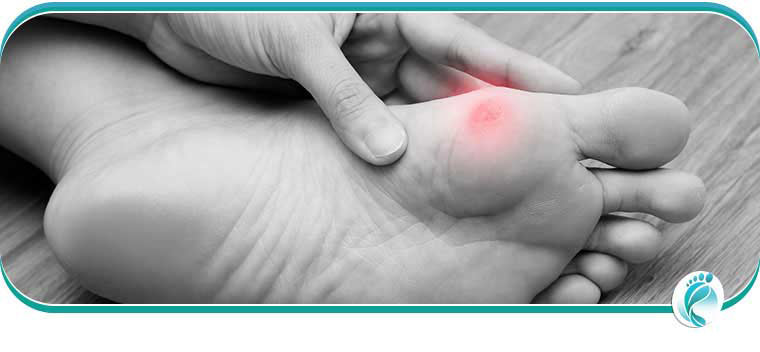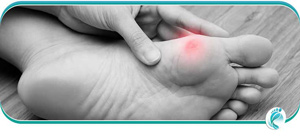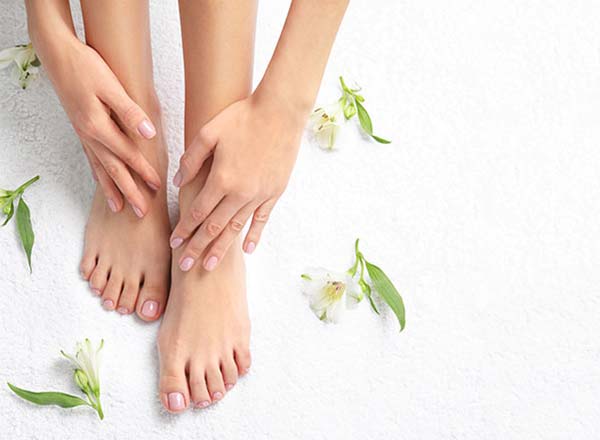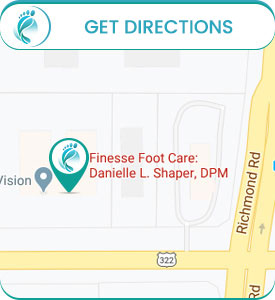Home » Calluses and Corns Treatment
You cannot copy content of this website, your IP is being recorded
Calluses and Corns Treatment Specialist in Lyndhurst, OH
Corns and calluses are thick skin layers. They develop through repeated pressure or friction at the spot of the corn or callus. Come to Finesse Foot Care for professional care if you have corns or calluses. Dr. Danielle L. Shaper, DPM, our skilled podiatrist, can diagnose and treat calluses and corns on your foot. For more information, contact us or schedule an appointment online. We are conveniently located at 5035 Mayfield Rd, Lyndhurst, OH 44124.
Additional Services You May Need






